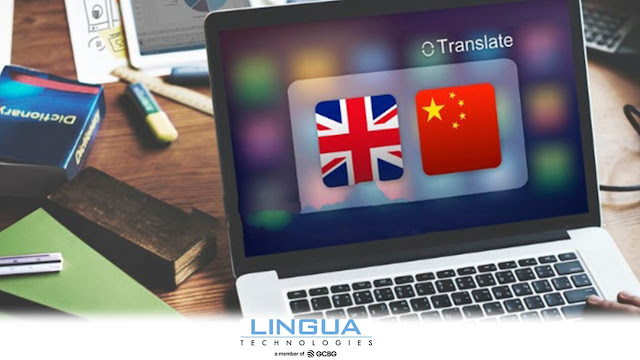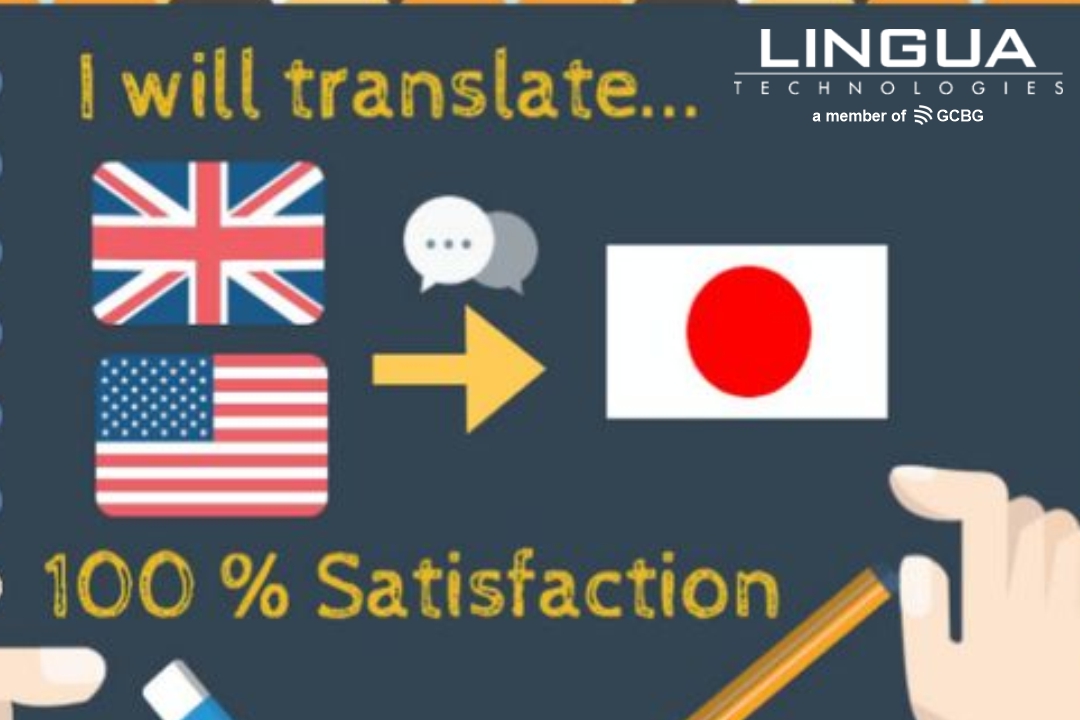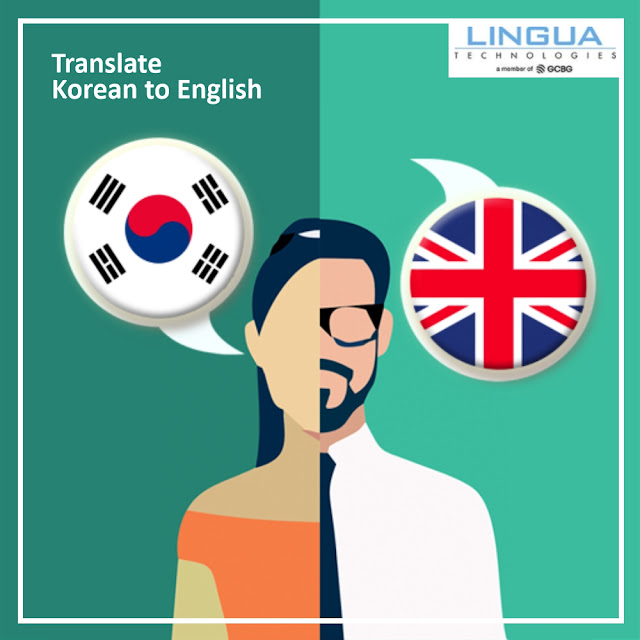Chinese to English Simplified Translation – using Common Techniques
Translators use various techniques to produce high-quality, accurate translations. Expert translators who handle volumes of translations daily use these techniques freely and in a flexible manner. The special techniques invariably fit into the translations if one reviews them in hindsight.
The most frequently used Chinese to English simplified translation strategies used are a detour, repetition, and additional translations.
Detour translation
Differences between English and Chinese language means that direct word-to-word translation is not possible. Translators then look for a possible way out, and that is taking a "detour." For example, in English statement like “staff only “is a positive affirmative, but it would be like "non-staff not required when translated to Chinese." A direct word-to-word translation can be done but may not appear natural in the Chinese language, which prompts translators to use detour translations.
Repetition Translation
In a regular translation, the use of pronouns like "he, she, it" is common as it avoids the repetition of words already stated earlier. However, in the Chinese language, the original words are repeated to avoid misunderstanding and make the meaning clear. Repetition is not always bad. It can be a good idea to preserve the style of a source text and use the author's specific words in the original document for a particular effect.
Addition translation
To make a Chinese translation service clearer and more acceptable in the target language, translators usually add more information. For example, when translating a statement like “ease the tension between the two countries” from English to Chinese, translators add words like “situation” (tense situation) to make the translation clear and complete. The addition is important when translating specific terms that are expressions of local culture. Though they make the sentences elaborate, it helps to understand the source document without asking for exploitations.
Conclusion
The ultimate goal of a translator is to ensure translating source texts meaning simply and clearly.




Comments
Post a Comment